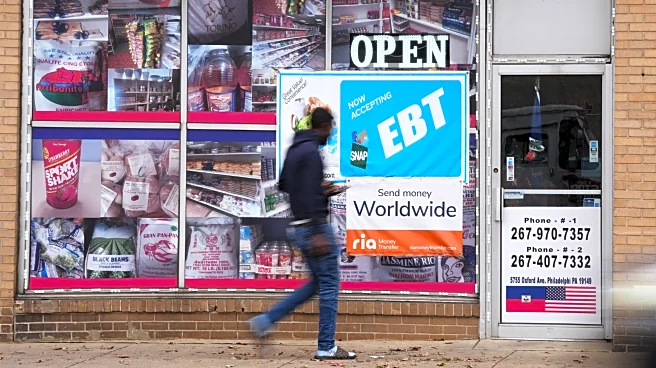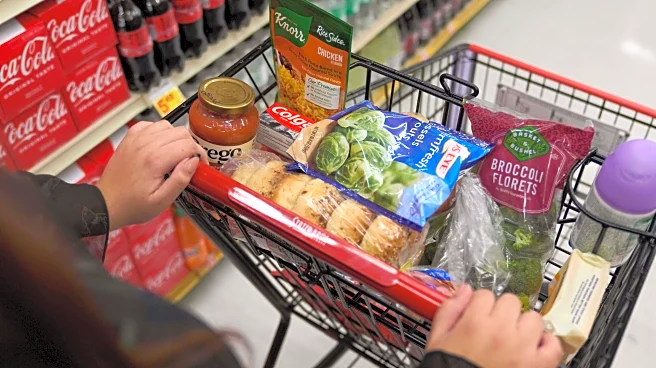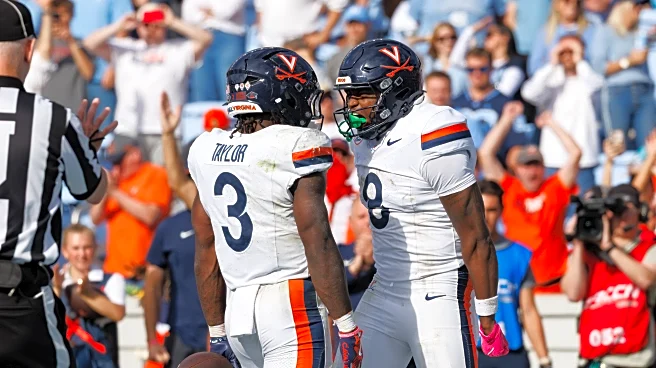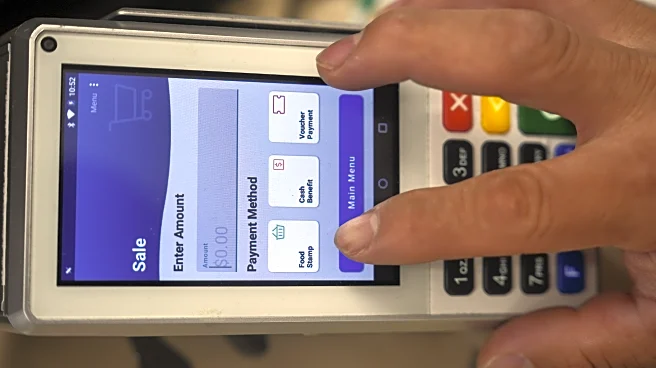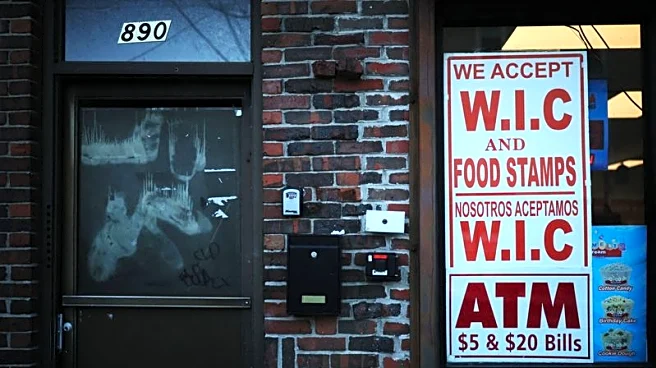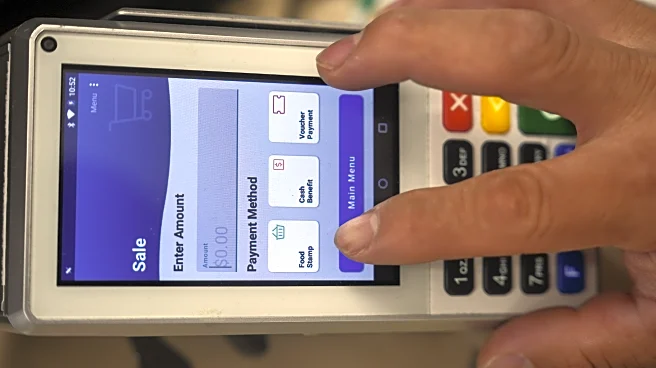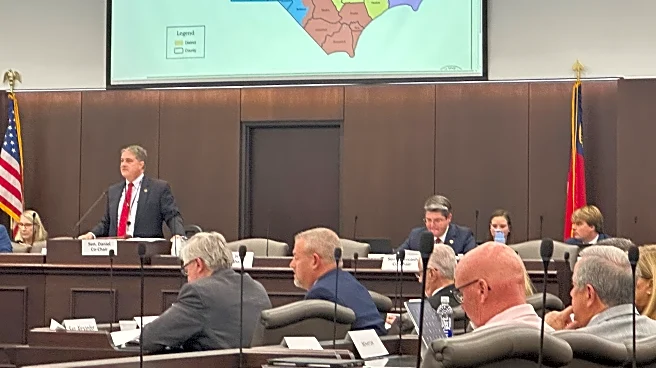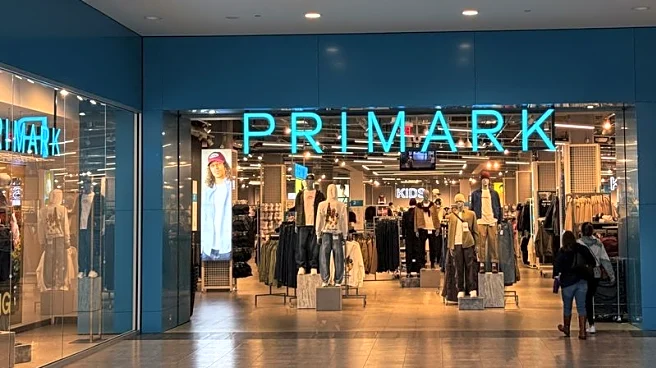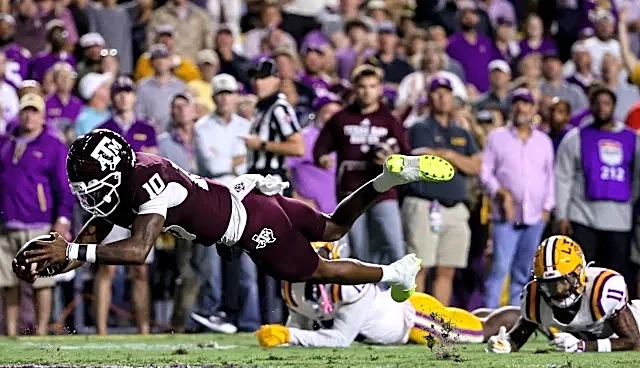With federal SNAP food assistance set to run dry this weekend amid the protracted U.S. government shutdown, Louisiana, New Mexico and Vermont became the latest states Wednesday announcing they will help
low-income households that rely on the funds to eat.
They join other states — from New York to Nevada — in scrambling to find ways to get food to people who are increasingly anxious and will otherwise go hungry without the monthly payments they normally get from the Supplemental Nutrition Assistance Program, or SNAP.
In Louisiana, where nearly 1 in 5 residents receive SNAP benefits, lawmakers on Wednesday authorized $150 million in state funding to help avoid Saturday's expected interruption in federal benefits. Republican Gov. Jeff Landry supports the bipartisan measure that will allow most of the state’s nearly 800,000 SNAP recipients will receive their full monthly benefit amount.
Officials say the effort will likely exclude “able bodied” adults who aren’t caring for children or don’t share a household with elderly or disabled members — about 53,000 recipients — but program details haven't yet been finalized.
Landry encouraged those who are able to look for jobs and "lean on” food banks.
“Our priorities are specific, we’re going to protect the most vulnerable population in Louisiana -– which is our kids, disabled and elderly,” Landry said at a news conference.
New Mexico was set to announce a plan Wednesday to address the crisis in a state where 21% of residents receive SNAP benefits — the highest rate in the nation. The state had already held a special legislative session at the outset of the federal shutdown to shore up food banks and pantries with $8 million in new funding, along with $17.5 million in SNAP-related costs to offset federal cuts. But that will do little to cover the $90 million in SNAP benefits to the state set to lapse on Nov. 1.
In Vermont, Republican Gov. Phil Scott and a panel of Democratic legislative leaders approved using $6.3 million in state funds to cover 15 days of SNAP benefits and providing $250,000 to local food banks. The Legislature had put $50 million aside in the last budget for such emergencies.
“The best way to solve this crisis is for Congress to end this shutdown and do its job,” Democratic New Mexico Gov. Lujan Grisham said. “Until then, New Mexico will do everything in our power to keep our families fed.”
So far, the response from states has been a mixed bag. Some, like Rhode Island, say they will funnel reserve federal welfare funds directly onto the debit cards issued to people who buy groceries with SNAP. States including Colorado, Connecticut, Minnesota, West Virginia plan to boost funds to food pantries that will largely take up the slack for low-income families needing food. Democratic New York Gov. Kathy Hochul and Republican Nevada Gov. Joe Lombardo are both seeking to direct $30 million in state funds to cover food assistance.
Other states like Alabama, Texas, Kansas and Florida have not acted.
In Nebraska, the state Department of Health and Human Services issued a statement Tuesday afternoon announcing it would pause SNAP benefits the next day. While the agency said it is “actively coordinating with food banks, nonprofit partners, and community organizations,” and the statement closed with a list of area food banks where people might seek help.
Leaving people to fend for themselves will mean the most vulnerable — like children and the elderly — will go hungry, said Tashara Leak, a registered dietitian and nutritional researcher and professor at Cornell University. She also serves on New York State Council on Hunger and Food Policy that routinely meets with New York's governor.
“The panic is already starting,” Leak said. “I primarily work with families with limited resources, and they’re already rationing food in preparation to not receive benefits on Nov. 1.”
Despite the best efforts of states, local governments and food charities, it won't be enough to cover what the federal government does under SNAP. Even those states with fat budget surpluses couldn't cover the SNAP tab, which totaled about $100 billion in 2024, much beyond November.
“There’s no way for the states to be able to fill in the gap for the month of November, especially with such short notice,” Leak said.
Democrats have called on President Donald Trump’s administration to release contingency funding to ensure there is no interruption in SNAP payments to recipients, but the administration has declined to do so.
Earlier this week, a group of Democratic state officials sued, asking a judge to require Trump's administration to keep funding SNAP benefits. The state officials say that the government is required to use one contingency fund, which has around $5 billion, for that purpose and that another larger reserve fund of about $23 billion is also available. A hearing on the case is scheduled for Thursday in federal court in Boston.
Delays in benefits are nearly certain for most beneficiaries whose debit cards are replenished early in the month – even in states that are planning to pay for benefits or if a judge orders the federal government to load the cards immediately.
The legal filing asserted that in California, there will be a one-day delay in benefits available for every day after Oct. 23 that the process of putting money on cards hasn’t begun. That means that if a judge ordered the program to continue on Thursday, the first cards would likely not be ready until around Nov. 10.
Christopher Bosso, a Northeastern University professor of public policy and political science who has published a book about SNAP, said even a delay would be deeply felt. Beneficiaries often stock up on groceries at the start of the month, and stores often hold sales then that encourage shoppers to do so.
“We’re about to find out how much this program matters, in ways that people hadn’t realized,” Bosso said.
_____
AP writers Sara Cline in Baton Rouge, Louisiana, Morgan Lee in Santa Fe, New Mexico, and Holly Ramer in Concord, New Hampshire, contributed to this report.
